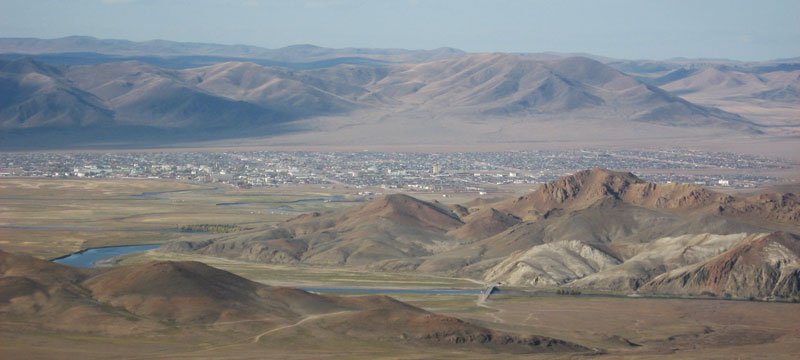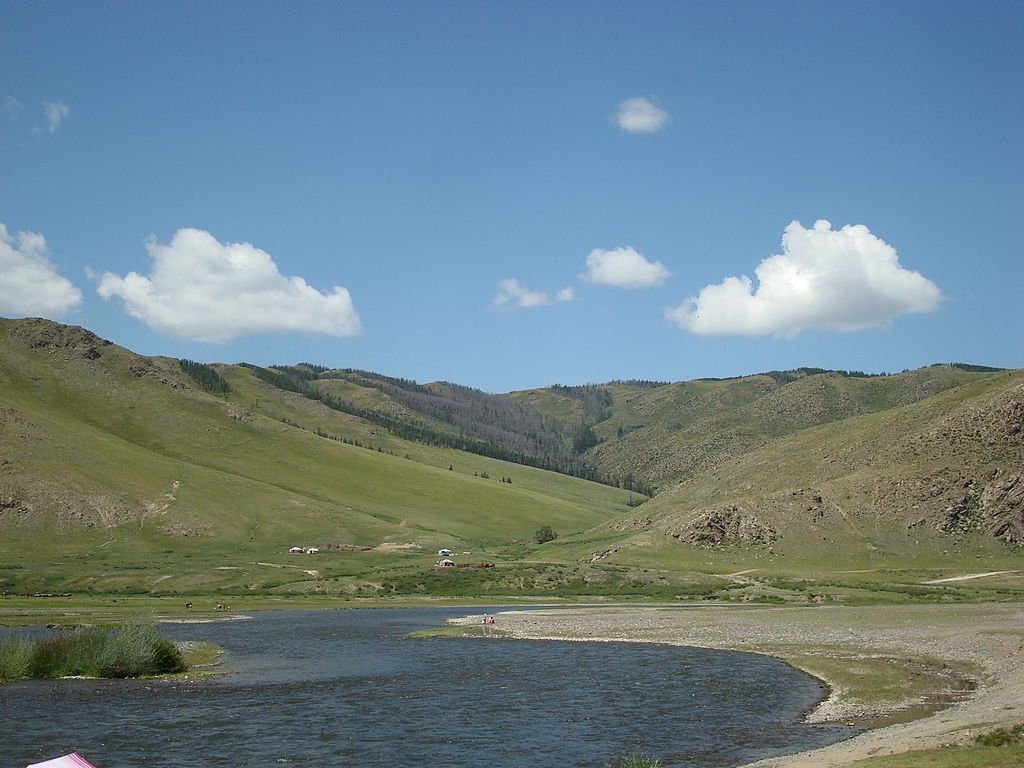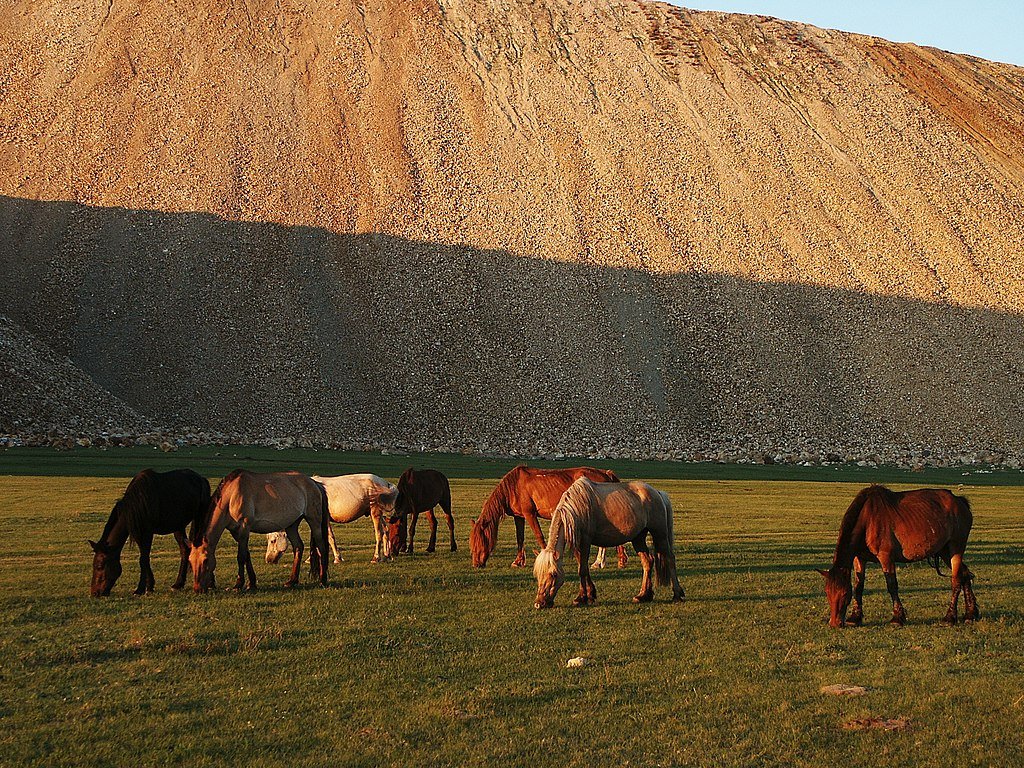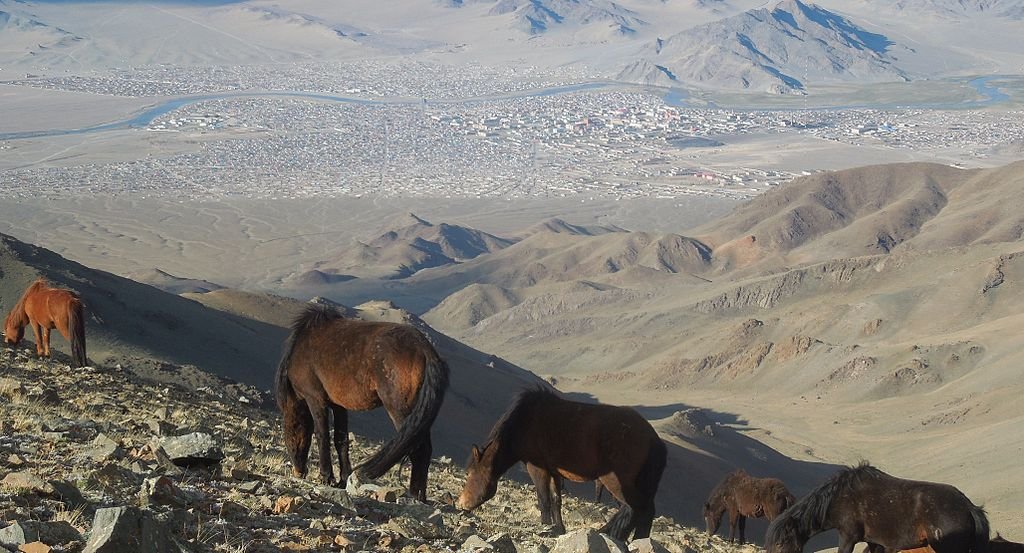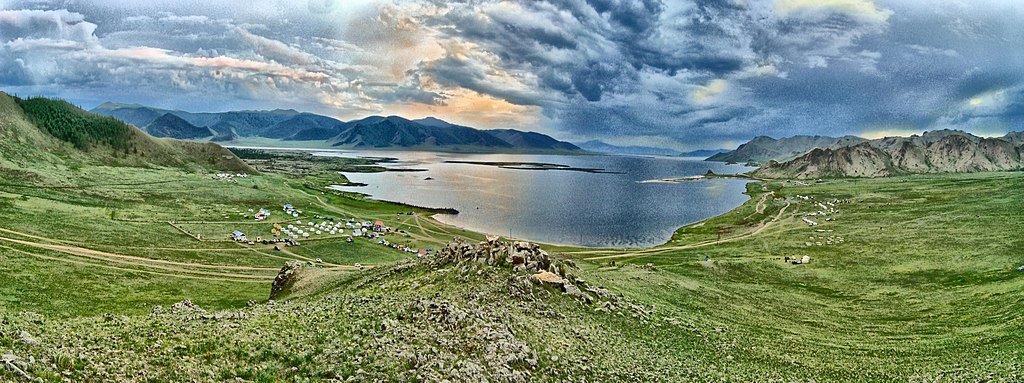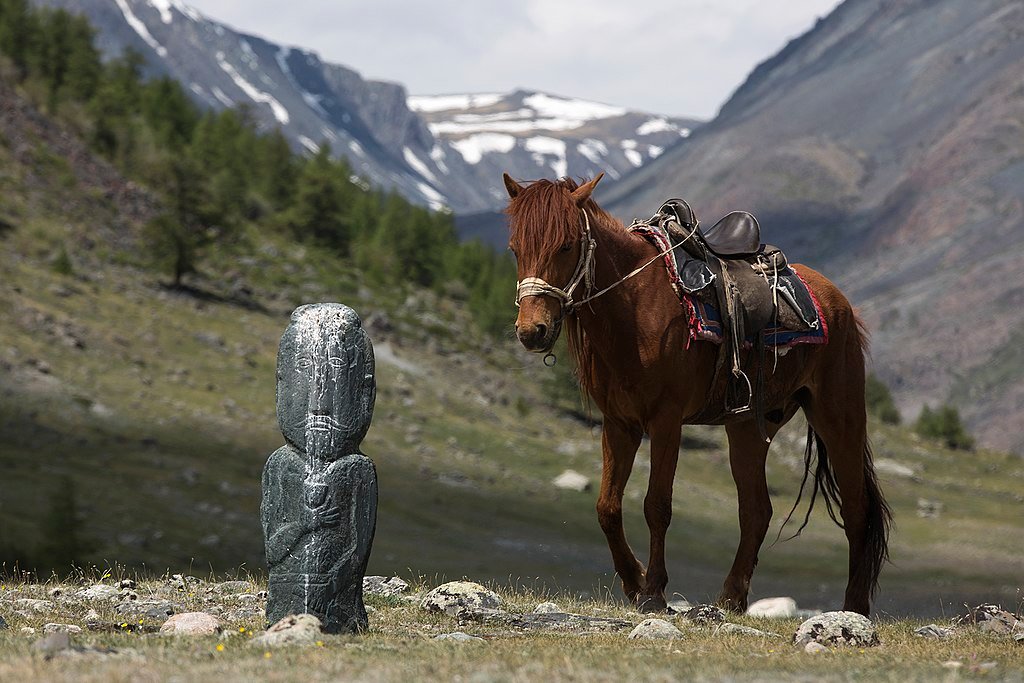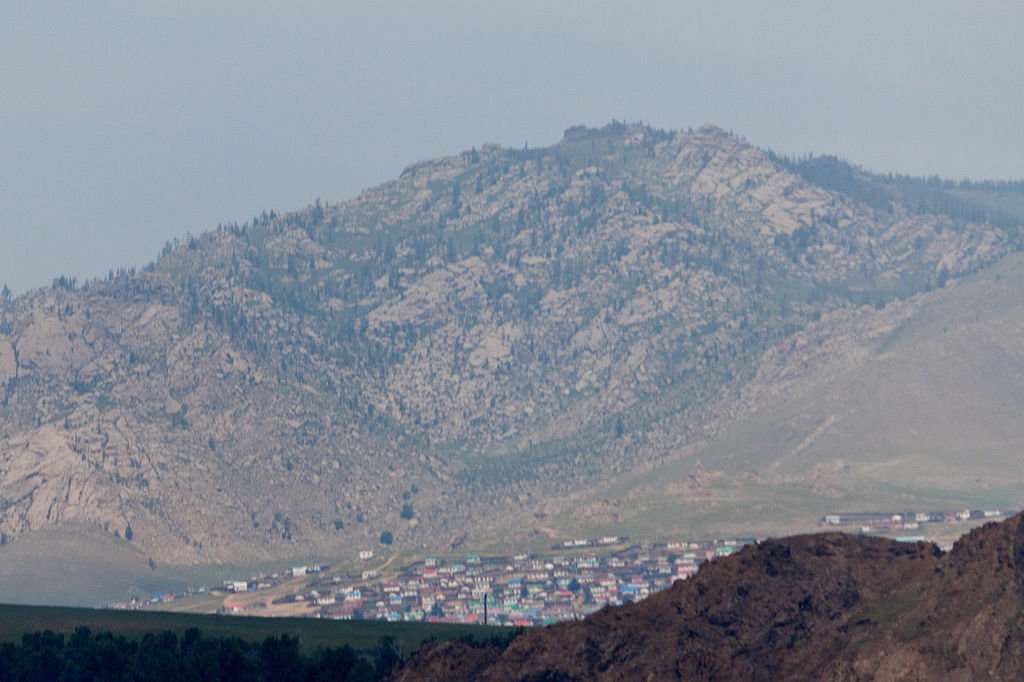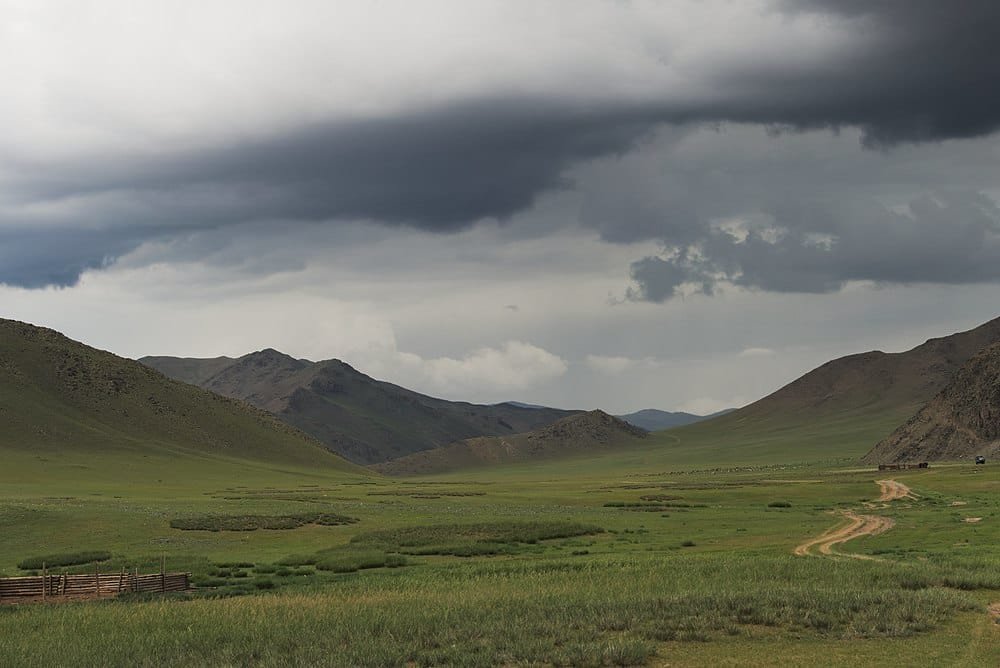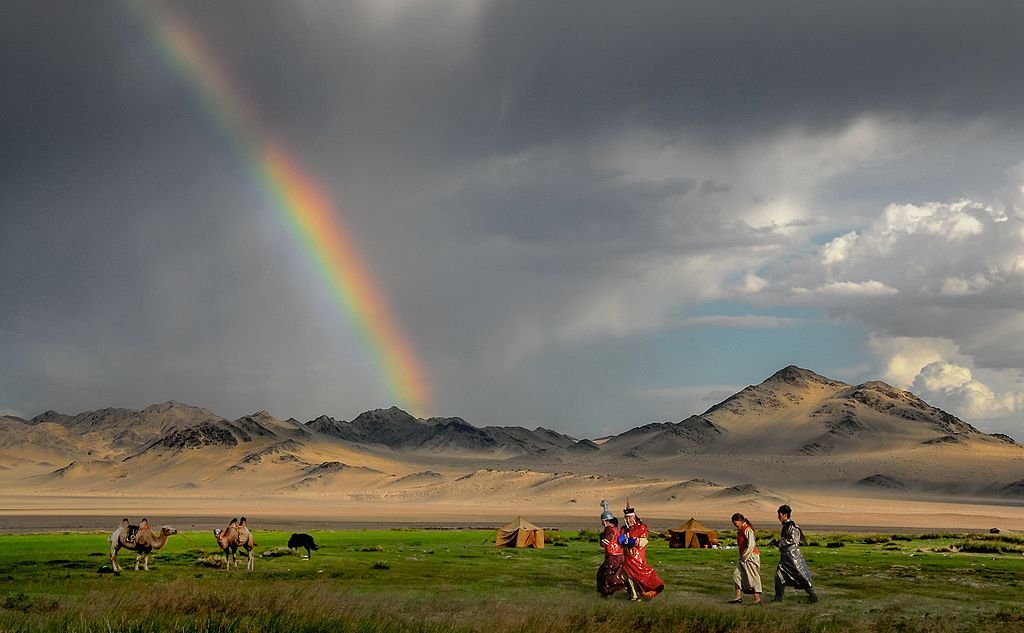
15 Best Places to Visit in Mongolia
At one point, Mongolia had the potential to govern the entire planet. The great Mongolian Steppe has hosted hordes of riders and footmen, all under the direction of that now-mythical figure: Genghis Khan, up here, high on the plateaus that sprawl out from the icy Altai Mountains. But the prophesied Turkic dominion from the east never materialized. This wild and desolate environment on top of the continent resumed its ancient ways as the hordes dispersed and returned to their own regions of Asia. With the changing of the seasons, yurts would appear on the banks of mountain lakes, eagle hunters would patrol the plains, snow leopards would stalk, and the Gobi Desert’s sand dunes would constantly move. Today, Mongolia is interacting with the globe once more, but this time it is the other way around. going there to experience Ulaanbaatar’s vibrant energy. to find the fabled Xanadu there. going there to encounter the sturdy people of the rolling wilds and feel the cold of the passes. Let’s investigate the top destinations in Mongolia:
- Khovd
- Moron
- Karakorum
- Khangai Nuruu National Park
- Terelj National Park
- Gobi Gurvansaikhan National Park
- Lake Khovsgol
- Khustain Nuruu National Park
- Erdenet
- Ulaanbaatar
- Olgii
- Khorgo Terkhiin Tsagaan Nuur National Park
- Altai Tavan Bogd National Park
- Tsetserleg
- Orkhon Valley
Khovd
In order to reach Olgii and the windswept, snow-covered center of the Altai Mountains, you can find Khovd grasping the roads as they wind north-westward. It’s a pleasant location with all the conveniences a traveler might want, including hospitals, stores, and affordable earthy guesthouses. But it also serves as a doorway to Khar Us Lake’s expansive waters, making it more than just that. These extend beneath the snow-capped summits of Jargalant Mountain and provide equestrian trails as well as marshlands teeming with gulls. You can also visit Baatar Khairhan’s caverns to see the petroglyphs that mark them or to drink therapeutic water from nearby mineral springs in the hills.
Moron
It’s simple to dismiss Moron as nothing more than the entrance to Lake Khovsgol and the well-known summer meadows of the northern steppe. This small town has a respectable scene of its own, even though it deals with more than its fair share of passing tourists heading to those attractions. There are schools and lovely parks, a number of good Mongolian restaurants, and the adjacent Danzadardscha Khiid Monastery, which is home to a variety of Buddha sculptures and breathtakingly gorgeous architecture. Moron is still one of the few domestic cities that can be reached by direct flights from Ulaanbaatar.
Karakorum
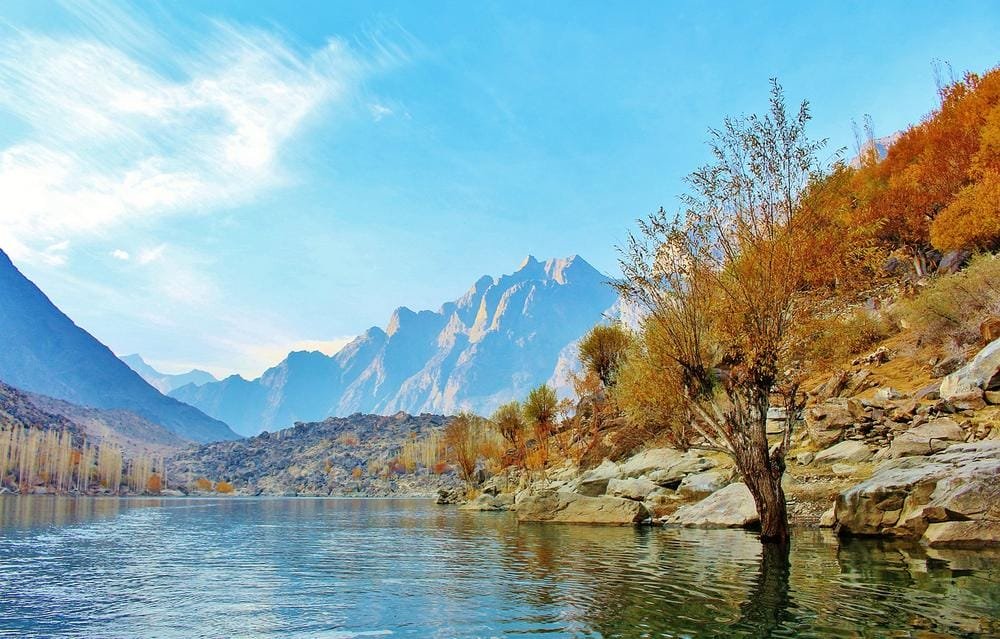
The legendary ancient city of Karakorum is now the stuff of myth and legend, nestled deep between the gently undulating green hills and granite ridges of the Orkhon Valley. But if you travel around the scattered cobblestone paths that wind their way around the mountains in the center of Mongolia, you’ll find that it undoubtedly did exist. Ruined grain silos, stone turtles, homes used as kilns for melting metal, and ancient stupas in disrepair still dot the landscape as an aging reminder of the former power of this Mongol capital on the steppe. Today, it’s the spot to visit if you want to trace the footprints of legendary figures like Genghis Khan and explore fascinating Buddhist monasteries next to exquisite Yuan Dynasty temple shrines.
Khangai Nuruu National Park
This massive expanse of land in the depths of the Orkhon Valley is one of the largest in the country, not to be mistaken with its similarly called twin to the west, the Khustain Nuruu National Park (even if it hardly comes close to the vastness of the Gobi, but more on that later). From start to finish, it is pure steppe. The broad grasses will sprawl out into the distance, rising and falling. You’ll be in awe as streams pierce the cliffs and cascade into chilly swimming holes. As the fire crackles nearby, you’ll ride horses with nomads and stay in authentic yurt communities. Talk about discovering Mongolia as it really is!
Terelj National Park
The rising peaks and ochre-hued ridges of the Gorkhi-Terelj National Park shoulder their way above the horizon just north of Ulaanbaatar’s concrete sprawl. Due to its proximity to the capital, the reserve is one of Mongolia’s backcountry’s most accessible locations. Its vistas are dotted with pine-covered mountain slopes and carved rock formations. The park’s southern section is ideal for visitors. Camel farms and nomad camps can be found there. The alpine Khagiin Khar Lake and a number of boiling hot springs may be found in the north, meanwhile.
Gobi Gurvansaikhan National Park
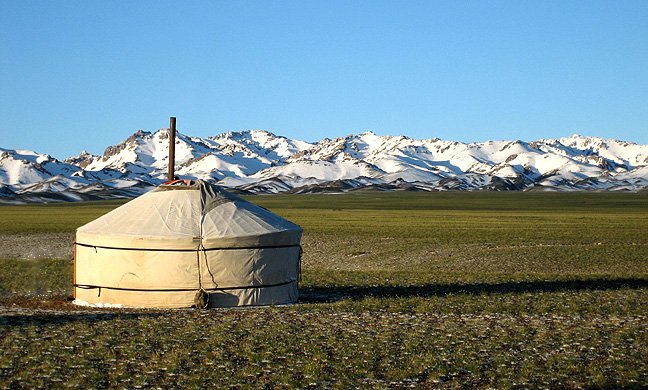
It’s impossible to find a site like the point where the snow-covered steppe falls into the vast Gobi Desert’s sea of sand. It is located in the southernmost reaches of Mongolia, surrounded by an amphitheater of ice-covered mountains. Few people choose to live in this harsh, uninviting place. Those that arrive in ger tents spend their days traversing the plains while wearing thick cashmere-hair jerkins. To experience such natural beauties as the whispering dunes of Khongoryn Els and the carved gorges of the Yolyn Am, travelers must brave the Gobi Gurvansaikhan wilderness. So mount the camel and go exploring.
Lake Khovsgol
The second-largest lake in all of Mongolia, Lake Khovsgol is concealed between the shale peaks and rocky foothills of the Sayan Mountains. It descends in a streak of deep blue from the Russian border, its grassy banks rising and dropping, occasionally dotted with wind-whipped pine trees, and occasionally giving way to pebble coves where locals unwind in the summer. A national park was established to safeguard the area’s waters, and it currently encircles the entire region. What waters they are as well! Lake Khovsgol is rumored to contain potable water that doesn’t require treatment, and the area’s geological history dates back a stunning two million years.
Khustain Nuruu National Park
In the Khustain Nuruu National Park, if you’re lucky, you might be able to see some of the extremely uncommon Dzungarian horses charging across the grassy knolls and rocky ridges. One of the most recognizable steppe animals, they are only known to live beneath the rising peaks close to Ulaanbaatar (even if they have had to be reintroduced to the area by conservationists). After paying the meager entrance charge, make sure to choose one of the organized walking paths or choose a thrilling 4X4 ride across the mountainous peaks and valleys. For individuals who desire to take multi-day walks, there are yurt accommodations available.
Erdenet
You may have heard of the fabled Erdenet archers, renowned all over the steppe for their lightning-quick aim and accuracy. You might be surprised to learn that their town, which has 75,000 residents, is Mongolia’s second-largest town overall and one of the few built-up metropolitan areas. Actually, the large open-faced copper quarries nearby were Erdenet’s primary reason for existence when it first began as a mining service hub. With center parks, some nice museums (related to mining, of course), and access to the enigmatic Buddhist sanctuaries of Amarbayasgalant Monastery to the northeast, it is now a clean and developed area.
Ulaanbaatar

Ulaanbaatar is essentially everything you imagine Mongolia to not be, with its unending districts of Soviet-style blocks, sterile concrete sprawl, reflected glass skyscrapers, and continual demand for expansion. It has plenty of brand-new retail malls and designer outlets and is brash, bold, huge, and noisy. However, there is also a certain rustic charm to be found away from the bright lights, whether it be in the Bogd Khaan Palace, built by Mongolian masters in the 19th century, the National Museum of Mongolia, the spacious squares where locals congregate, or beneath the enormous statue of Genghis Kahn.
Olgii
The enormous and sinewy massifs of the immense Altai cast a shadow over Olgii. Around the entire town, they dominate the horizon and loom as though they were trying to get the attention of everyone passing by. You can only start to truly enjoy this provincial capital of Bayan-Olgii once you’ve managed to get over the stunning and unsettling views. And what delights are available? Explore the area to find the enigmatic Turkic Standing Stones, which are estimated to be 12,000 years old, look for prehistoric petroglyphs, or marvel at the skill of eagle hunters at the annual Altai Kazakh Eagle Festival (in September).
Khorgo Terkhiin Tsagaan Nuur National Park
This stunning expanse of protected territory, which rules the wild regions of Mongolia’s north-west, is home to a variety of breathtaking landscapes. If you look up, you can see the shattered caldera of the extinct Khorgo Volcano, which formerly wreaked havoc on the nearby lowlands with its pyroclastic flows and ash plumes. Today, it is feasible to ascend the 2,240-meter peak, which offers stunning views of the surrounding volcanic ridges and lakes. Speaking of lakes, this region is home to Lake Terkhiin Tsagaan Nuur, where marsh deer and chitals may be seen ambling around the nomad herders’ yurts made of rock.
Altai Tavan Bogd National Park
Against the triangular alliance of China, Russia, and Kazakhstan, the massive Altai Tavan Bogd National Park stands like a bastion. With a string of more than five craggy peaks that soar to an astounding 4,000 meters above sea level or more, it blocks the path to Siberia and snow-covered Xinjiang. Hoofed ibexes and the nomadic Tuvan tribespeople are hardy creatures who call this place home. In the summer, the latter’s yurts line the lovely Dayan Nuur’s banks, and you can observe the fabled eagle hunters at work in the low-lying plains. The reserve is particularly well-known for its cryptic Turkic sculptures and prehistoric petroglyphs.
Tsetserleg
Tsetserleg is conveniently situated in the centre of all of Mongolia, sandwiched between two rocky bluffs. The town is a provincial capital that is recognized for its charming districts of low-rise cottages. It is sleepy, peaceful, and slow. These can be seen winding their way down a single hillside; they are a mosaic of vibrant timber facades that sparkle in the steppe’s sun. Most visitors will use this location as a stepping stone to the south’s must-see Khangai Nuruu National Park. Others will linger and take in the sights of the local yurt communities, wool markets, and Mongolian cookhouses.
Orkhon Valley
The Orkhon Valley has been traversed by totemic names like Genghis and Kublai. It was once the residence of the great Khans and the center of power that powered the Mongol Horde’s assault across Asia and Europe. This rich history is now recognized by a UNESCO World Heritage designation, which also honors the deeper nomadic traditions that can still be observed when white-fabric yurts appear among the gallery trees. Of course, Orkhon has become a popular tourist destination, drawing crowds of visitors who come to explore the famed Karakorum’s ruins, look for the Xanadu palaces, marvel at frozen waterfalls, and find peace in the outback Buddhist monasteries.


